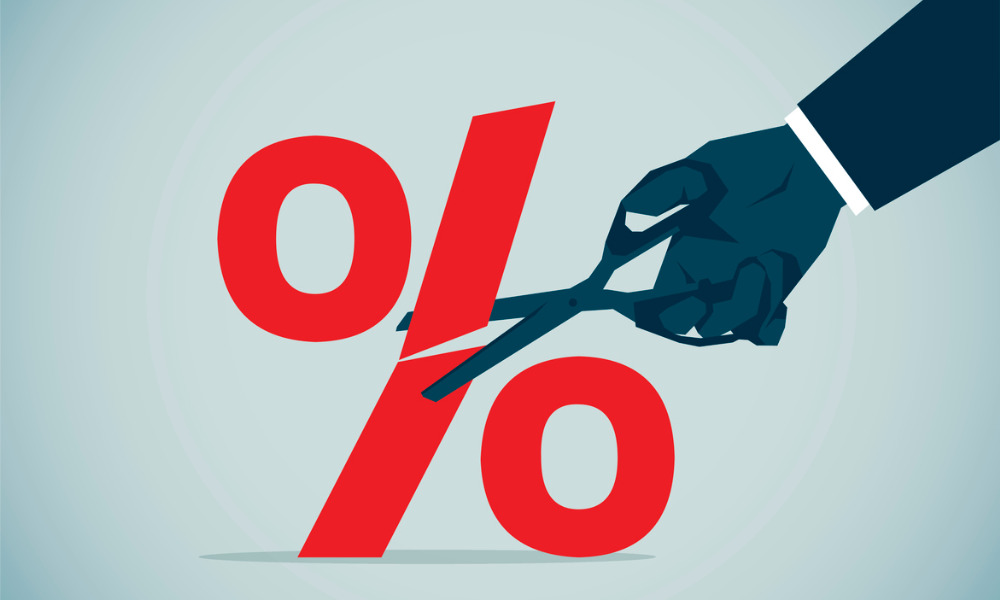Multiple metrics point to economic weakness for the second half of 2023 and first half of 2024

The Canadian economy is set to be sluggish until the middle of 2024 according to the latest outlook from the Parliamentary Budget Officer.
With the most recent GDP data showing second-quarter contraction of the economy, the office of the PBO expects the economy to stagnate in the second half of 2023 and the first half of 2024. But it anticipates rate cuts will begin in the spring.
With the Bank of Canada due to make its latest interest rate decision on October 25, the PBO outlook is that it will not hike again in this cycle but will maintain the 5% until April 2024 when it will begin to cut rates, assuming CPI data this week suggests inflation is heading towards the BoC’s 2% target.
But while a rates pause will come as welcome relief to under-pressure households and businesses, the months ahead will not be pain free.
“We project the unemployment rate to rise to 6% in the middle of next year and to remain elevated through the first half of 2025,” said Yves Giroux, Parliamentary Budget Officer. “In terms of downside risks, we judge that the most important risk is a larger-than-expected impact on the Canadian economy, including housing, from the Bank of Canada’s restrictive monetary policy, which would negatively affect the Canadian economy and federal finances.”
Government deficit
Upside risk is led by higher-than-expected spending by provincial governments. And Canada’s federal budget deficit is set to rise further.
“Assuming no new measures and existing temporary measures sunset as scheduled, the deficit is projected to increase to $46.5 billion in the current fiscal year, 2023-24, and the federal debt ratio to rise to 42.6% of GDP. Under status quo policy, the deficit is projected to decline over the medium term, falling to $8.2 billion in 2028-29,” added Giroux.
The PBO outlook follows recent comments by the BoC governor Tiff Macklem who said the inflation rate remains too high but there are “clearer signs” that aggressive interest-rate hikes are reducing demand.



